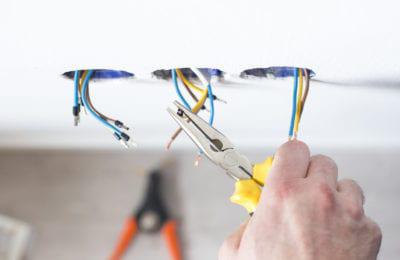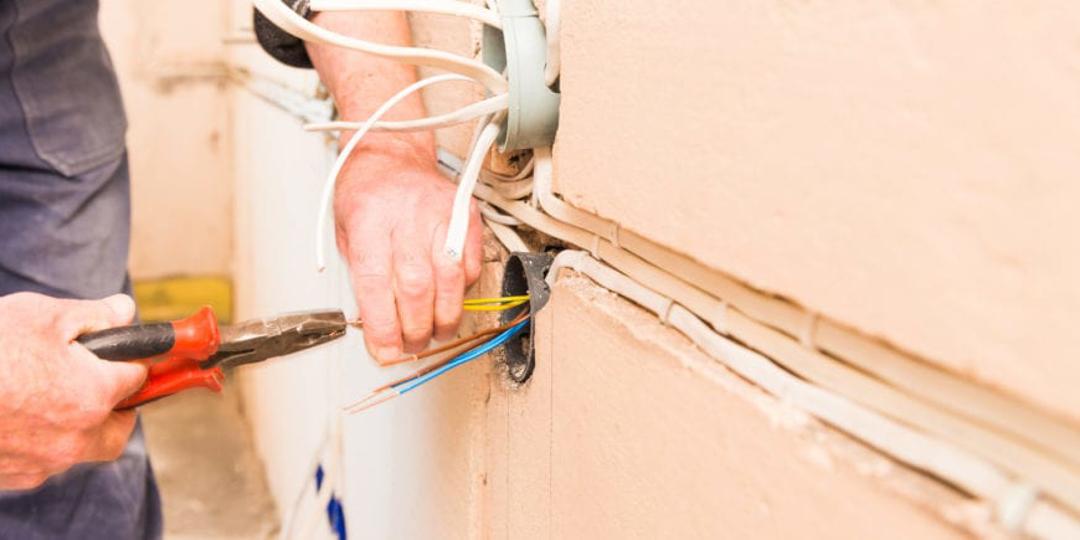Electricity powers almost everything that makes our lives comfortable. Heating and cooling equipment, refrigerators, computers, lights, fans and hybrid cars require electricity to function. Before World War II, 60 amperes at the service panel was adequate to meet home electrical system requirements. Today, households require a minimum of 100 amps. Large homes, or those with electrical heat and other major electrical appliances such as water heaters and clothes dryers, may require 150 to 200 amps of service.

The electrical service in your home is a network of wires that begins at the meter and is distributed first to the main electrical panel and then to points throughout the building. The meter records how much electricity is transferred from your service supplier to your home. The electrical panel distributes wiring to circuits. Behind the walls, electrical wiring is logically laid out to distribute electricity from circuits to user points. Switches and plugs are user points that control appliances.
Wiring is categorized by gauge, which defines the size of the wire and how much current it can carry. The lower the number, the more electricity can pass through it. A 4-gauge wire carries fewer amps than a 1-gauge wire. Wiring is usually three strands, a hot wire, a neutral wire and a ground wire. Each is a different color for ease of identification and safety. White is always neutral. Other colors are not standard; however, black or red is usually the hot wire, and green is usually the ground.
Circuits are rated according to the amount of amps they can support. When electricians wire a house, they try to distribute the load, or the amount of wattage that a circuit can bear. A 20-amp circuit can run lights, fans and small appliances for a total of 2,400 watts. Wiring between receptacles and 20-amp circuits must be 12-gauge. Major appliances such as water heaters may draw up to 1,500 watts, which is why they usually get a circuit to themselves.
Circuit breakers are essential elements of an electrical wiring system. Circuit breakers and fuses cut the flow of electrical current surging through wires if the flow becomes too strong or unsafe. If an electrical appliance overheats, or if two wires inside the appliance touch, there may be a surge of electricity. The wires may overheat, which could start a fire or cause other electrical problems. The circuit breaker absorbs the surge and shuts the current off.
A special type of circuit breaker is called a ground fault circuit interrupter. These devices protect people from getting shocked or electrocuted. GFCIs monitor the flow of current in neutral and hot wires. If the flow in the hot wire surges, the GFCI immediately cuts the connection. GFCIs are installed on electric hot water heaters, dishwashers and other major appliances.
Although it is important to understand how electricity enters and is distributed through your home, it is also important to understand that electricity is dangerous. Improper wiring can cause fires, give shocks or burns and electrocute people. Electricians are trained professionals who are licensed and certified to handle electricity. They wire according to local and national code to keep you safe. They understand which appliances must be protected by GFCIs, how to ground a building and how to distribute load to prevent electrical problems. For your safety, and to ensure that your home is protected, it’s best to use a professional electrician for household wiring projects.















